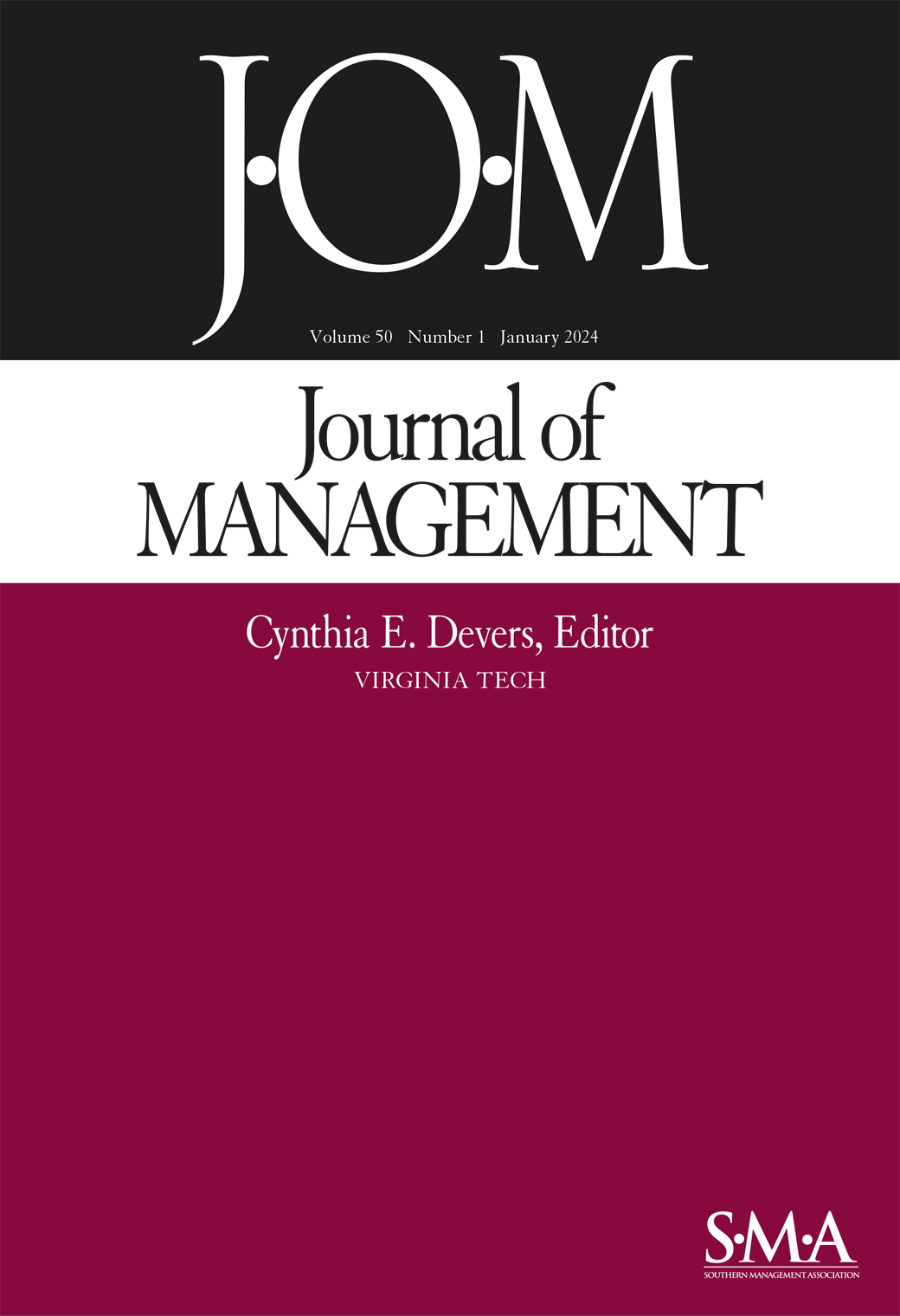美貌偏见与领导者涌现:理论整合、外延与元分析
IF 9
1区 管理学
Q1 BUSINESS
引用次数: 0
摘要
领导者涌现是一种重要的组织现象,受到各种个人属性的影响。其中一个经常被学者和从业者所忽视的特征就是身体吸引力。本研究对美丽偏见及其与领导涌现的关系进行了全面的元分析。我们首先回顾了内隐领导理论和地位概括理论作为解释这种偏见的主要框架。接下来,我们评估了外表吸引力-领导者涌现关系的大小,并通过评估领导者性别作为调节因素来测试“美丽是野兽”效应。我们还确定了两个关键机制——感知温暖和感知能力——来解释这种关系。此外,我们还探讨了美偏见在不同背景下的稳健性,包括观察者特征、领导角色和民族文化。我们的研究结果证实,外表吸引力与领导者的涌现有显著关系,这主要是通过对温暖度的感知,但也通过对能力的感知。这种关系同样适用于男性和女性领导者,在非正式的领导环境中更为明显。这在大学生中比在全职员工中更明显,在集体主义而不是个人主义的国家文化中更明显,但在行政和非行政领导角色中仍然同样强烈。总体而言,我们的研究结果强调了外表吸引力与领导者涌现关系的强度和一致性,强调了组织需要通过影响领导者涌现决策来减轻美貌偏见。本文章由计算机程序翻译,如有差异,请以英文原文为准。
The Beauty Bias and Leader Emergence: A Theoretical Integration, Extension, and Meta-Analysis
Leader emergence is a critical organizational phenomenon, influenced by various individual attributes. One such attribute—often overlooked by scholars and practitioners—is physical attractiveness. This study provides a comprehensive meta-analysis of the beauty bias and its relationship to leader emergence. We first review implicit leadership and status generalization theories as the dominant frameworks explaining this bias. Next, we assess the magnitude of the physical attractiveness–leader emergence relationship and test the “beauty is beastly” effect by evaluating leader gender as a moderator. We also identify two key mechanisms—perceived warmth and perceived competence—that explain this relationship. Additionally, we explore the robustness of the beauty bias across different contexts, including observer characteristics, leadership roles, and national culture. Our findings confirm that physical attractiveness is significantly related to leader emergence, primarily through perceptions of warmth, but also through perceptions of competence. This relationship holds equally for male and female leaders and is stronger in informal leadership contexts. It is slightly more pronounced among college students than full-time employees and in collectivist rather than individualistic national cultures, yet remains equally strong across executive and non-executive leadership roles. Overall, our findings highlight the strength and consistency of the physical attractiveness–leader emergence relationship, underscoring the need for organizations to mitigate the beauty bias from influencing decisions around leader emergence.
求助全文
通过发布文献求助,成功后即可免费获取论文全文。
去求助
来源期刊

Journal of Management
Multiple-
CiteScore
22.40
自引率
5.20%
发文量
0
期刊介绍:
The Journal of Management (JOM) aims to publish rigorous empirical and theoretical research articles that significantly contribute to the field of management. It is particularly interested in papers that have a strong impact on the overall management discipline. JOM also encourages the submission of novel ideas and fresh perspectives on existing research.
The journal covers a wide range of areas, including business strategy and policy, organizational behavior, human resource management, organizational theory, entrepreneurship, and research methods. It provides a platform for scholars to present their work on these topics and fosters intellectual discussion and exchange in these areas.
 求助内容:
求助内容: 应助结果提醒方式:
应助结果提醒方式:


